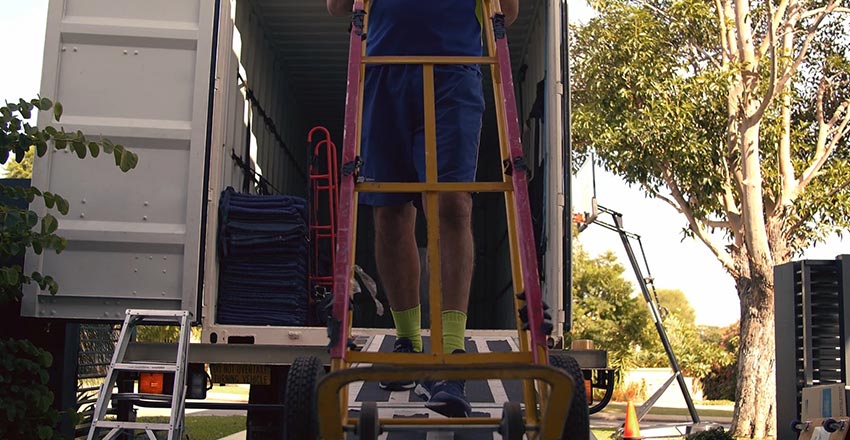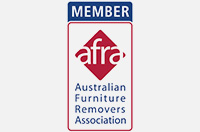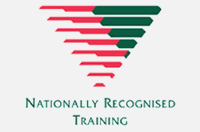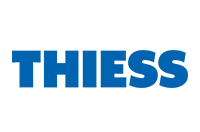Every occupation and industry sector you can name will have been influenced by technology in recent years, which certainly applies to the removalist sector. Moving home or relocating an office might seem to some as just a process where everything is packed into a van and transported, and whilst that still forms part of what removalists do, everything done before, during, and after that happens has, is, or will change due to technological advances.
Here are ten ways technology is transforming the removalists industry to give you a clearer picture of what we mean.
Virtual (VR) Surveys/Tours
Virtual reality technology can be used in two main ways relating to a house or office move. First, the current property can be surveyed using virtual reality giving the removalists a fuller idea of what will be moved. Second, a virtual reality tour of the new property allows the client to plan the layout and thus specify which room each item is to be placed in.
Virtual Assistants/Chatbots
To aid with customer service and answer many questions from clients quicker and more efficiently, and it has to be said, at a lower cost than hiring customer service centre staff, removalists can use virtual assistants. Read More






























